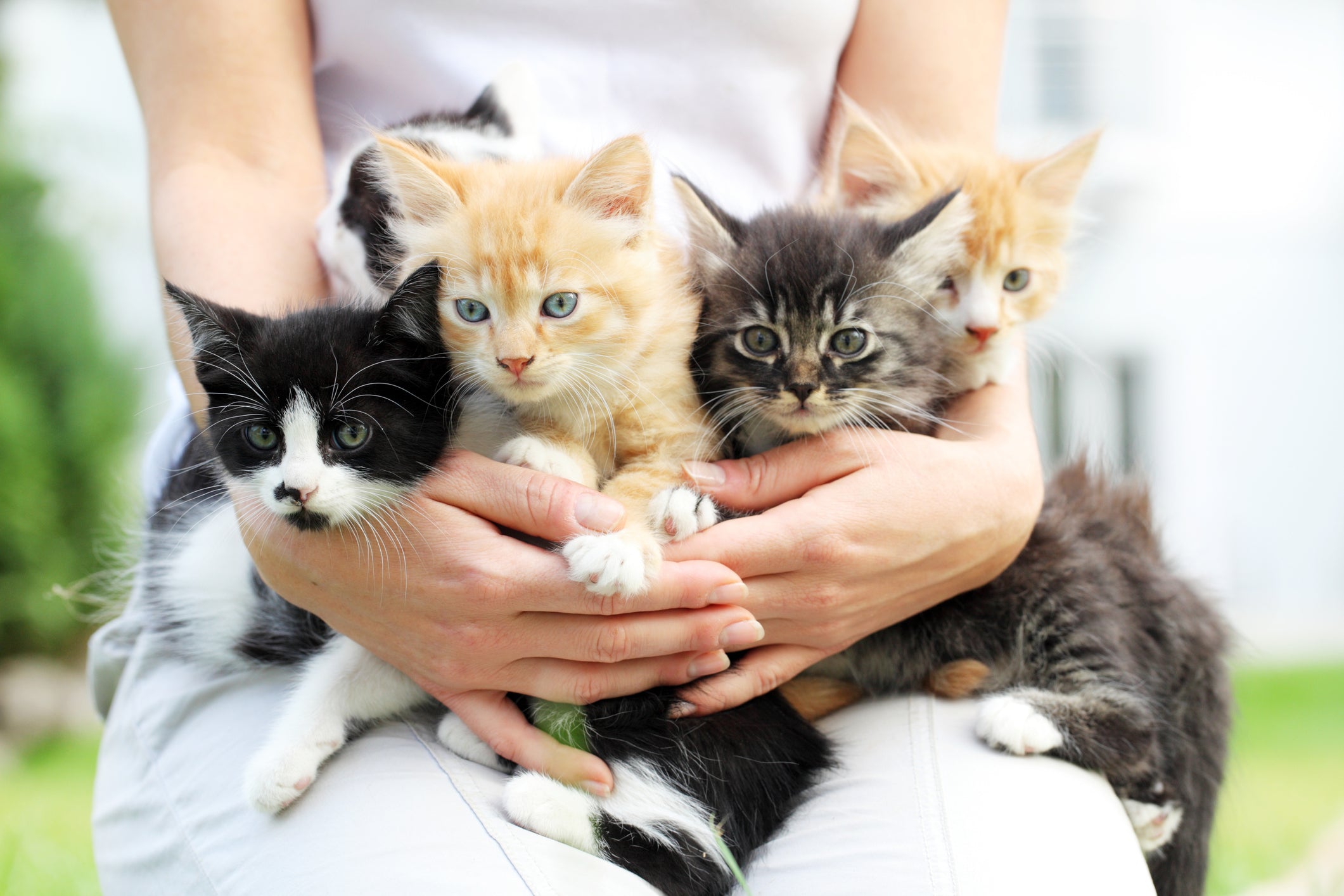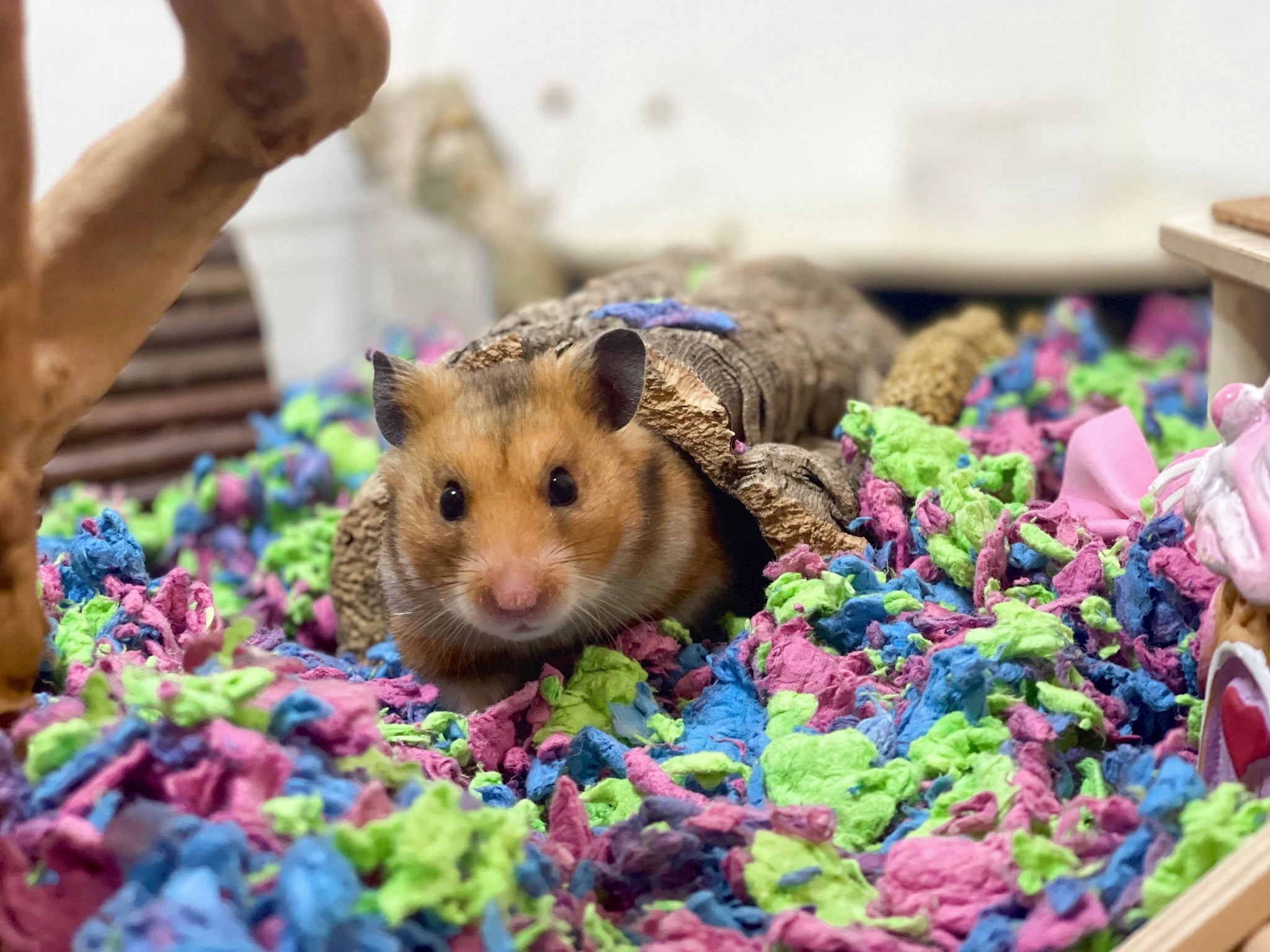
The Most Common Ailments Affecting Senior Cats (Part 1)
If you take your cat to the veterinarian routinely, why do you need to know about the most common health problems affecting cats? Wouldn’t your veterinarian be able to detect these diseases during their visit? The answer is yes, routine veterinary visits are important to screen for illness. However, even if you take your cat to the veterinarian every 6 to 12 months, a disease can progress to a more advanced stage between visits. As your cat’s pet parent, you see your cat every day and know your cat better than anyone else. Keeping your cat healthy is a team effort. Your veterinarian, and cat, depend on you to be the first line defense against illness.
First, what is a senior cat? Hold old is old?
While there is some disagreement regarding the exact age when cats become senior citizens, most veterinarians define geriatric cats as cats over 7 years of age. With advances in medicine, nutrition, and homecare, pets are living longer as supported by the AVMA pet owners survey that found that the number of geriatric animals in the US has been increasing in the last several years. Getting older doesn’t just mean getting gray and slowing down. Senior cats have different metabolic requirements, and the prevalence of certain health issues increases with age.Becoming familiar with the most common ailments affects senior cats will help you stay on top of your cat’s health. The five most common ailments affecting senior cats include: kidney disease, diabetes, thyroid disease, cancer, and dental disease. Becoming familiar with the most common ailments affects senior cats will help you stay on top of your cat’s health. First let’s tackle kidney disease, what causes it, how it’s diagnosed and how it is treated.

Kidney Disease
Kidney disease (technically known as renal disease) is one of the most common diseases affecting 1 in 3 older cats. Kidneys are important for balancing water and electrolytes in your blood and filtering out metabolic by-products and toxins to make urine. Kidneys also produce a hormone that stimulates red blood cell production. When kidney function gets impaired, waste products start to build-up and the electrolytes become imbalanced, making the animal feel ill and drinking more water to compensate.
Causes
There are two kinds of kidney disease- acute, meaning sudden, and chronic, meaning long lasting, kidney disease. Acute kidney disease is more common in younger cats and is typically caused by injury or toxicity, with lilies, acetaminophen and NSAIDS, like ibuprofen, being the most common culprits. Always be careful with plants or flowers in your house. I have had several clients bring a bouquet home and not realize that the lilies in the arrangement were highly toxic to cats. Likewise, never give your cat NSAIDS, like ibuprofen, or acetaminophen (Tylenol). I have had several patients develop kidney disease and almost die after they were given just one Tylenol! Lastly, unlike acute kidney disease, chronic kidney disease develops slowly and can be caused by diabetes or hypertension.
Risk Factors
- Age
- Other medical diseases
- Breed: Abyssinians, Siamese, Oriental breeds, and Persian cats are at an increased risk for developing kidney disease
Signs and Symptoms
- Excessive thirst
- Increased urination
- Dehydration
- Weight loss
- Vomiting
- Lethargy
- Abnormal smelling breath
- Unkept coat, failure to groom themselves
Diagnosis
If you see any of these symptoms, bring your cat to your veterinarian. As with most medical conditions, the earlier kidney disease is detected the better the prognosis, so don’t delay seeing your vet. After an examination, your vet will likely suggest doing blood and urine tests. Depending on those results, imaging to look for bladder or kidney stones, or cancer may be suggested.
Treatment
Unfortunately, there is no cure for chronic renal failure in cats. The treatment involves hydration and controlling the associated symptoms. Treatment may include the use of fluids to improve hydration, and/or medications that increase blood flow to the kidneys, lower high blood pressure, or correct electrolyte imbalances. Medications used to help stimulate a cat’s appetite and control gastrointestinal upset may also be used if needed. Lastly your veterinarian may recommend switching your cat to a special diet designed to slow the progression of renal disease. However, as all cat owners know, cats can be picky, so the most important thing is to keep your cat eating.
Prevention
Sadly, there is not much you can do to prevent your older cat from developing chronic kidney disease. However, you do want to catch the disease early so you can so you can start treatments aimed at slowing the progression of kidney failure. In the case of acute renal disease, you can take steps to prevent it by keeping poisons and toxic plants (like lilies) away from your cats and never give them any medication without first checking with their veterinarian.

Diabetes
Diabetes is not just a human disease; cats can also suffer from diabetes. Estimates report that diabetes affects 1:200 cats nationwide and is increasing at an alarming rate. Diabetes mellitus occurs when the body is unable to regulate the amount of sugar in the bloodstream. The hormone insulin is responsible for moving sugar from the bloodstream into cells to be stored or used for energy. Type-1 diabetes occurs when the body fails to produce insulin. Type 2 diabetes, also known as insulin-resistant diabetes, develops when the body becomes less responsive to the effects of insulin. Both Type 1 and Type 2 diabetes result in chronically elevated levels of sugar in the blood that damage capillaries and eventually lead to nerve damage, kidney failure and even death. Type 2 diabetes is the most common form of diabetes seen in cats.
Causes
As in people, diabetes is a multi-factorial disease caused by different risk factors including age, genetic predispositions, diet, and obesity. Unfortunately, obesity in pets, just like people, is increasing. It is estimated that 58% of cats in the US are overweight. That means more than half of the cats in the United States are at risk for developing diabetes.
Signs and Symptoms
- Increased thirst
- Sudden increase in appetite
- Sudden weight loss (despite an increase appetite)
- Increased urination
- Increased lethargy
Diagnosis
If your veterinarian suspects your cat has diabetes, they will need to do bloodwork to look at blood sugar levels and a urinalysis to look for glucose in your cat’s urine. The urinalysis will also detect bladder infections which are more common in diabetic cats.
Treatment
The good news is that diabetes is a manageable condition. The goal of treatment is to provide stable blood sugar levels. With treatment, diet changes and at home monitoring you and your veterinarian can manage your cat’s diabetes. Your veterinarian will work with you to put your cat on a diet (usually high protein, low carb canned food), and will instruct you on giving insulin and then have you do at home monitoring. The good news is that if treatment, weight loss and diet changes are started early, some diabetic cats be controlled without insulin.
Prevention
Since obesity is a risk factor for diabetes in cats the best thing you can do is keep your cats trim. If you have a chubby kitty now is the time to get them in shape. Cut back on calories by decreasing quantity or switching foods, and increase exercise. How many of you know how to exercise your cat? Here are some ideas I give my clients. Walks, playtime, put food up so cats have to jump, move around to get it, etc.
Kidney disease and diabetes are not the only diseases to afflict older cats. Part 2 will discuss other common geriatric ailments, like thyroid disease, cancer, and dental disease.









